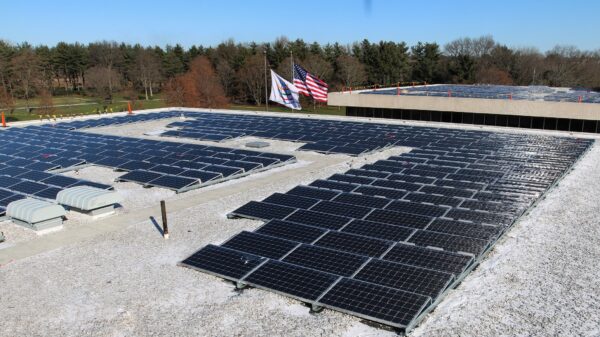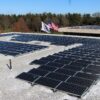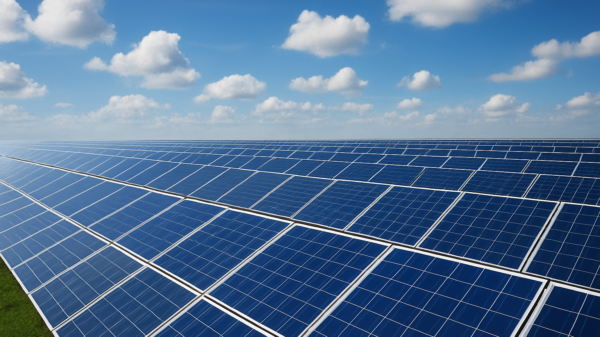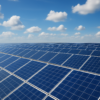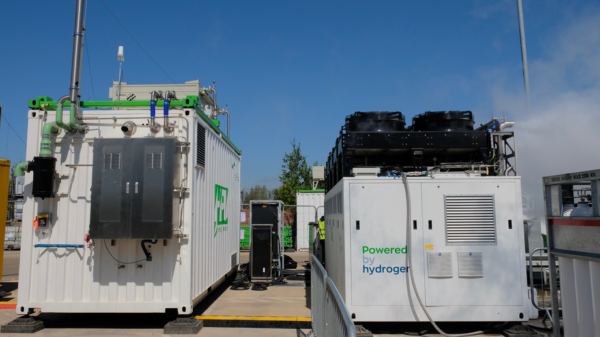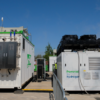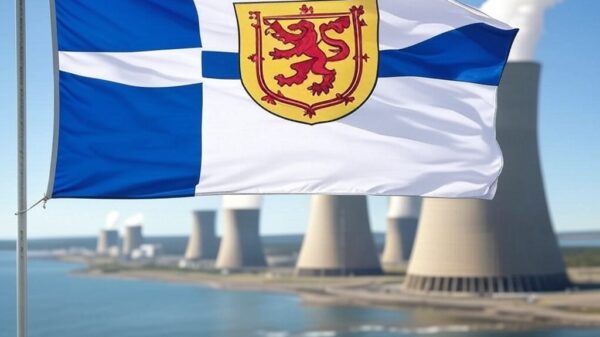Experts at the VTT Technical Research Centre in Finland have designed an electrofuel made from green hydrogen and carbon dioxide aimed at vehicles that have been hard to electrify.
The research centre said on Monday that it tested its product for the first time earlier this month on a diesel-powered tractor at AGCO Power’s Linnavuori factory in Nokia, southwestern Finland with positive results.
The electrofuel project combines high-temperature electrolysis, carbon capture and Fischer-Tropsch hydrogen carbon synthesis to produce the alternative energy source at both commercial and industrial scale.
The Fischer-Tropsch process converts a mixture of carbon monoxide (CO) and hydrogen (H2) gases into liquid hydrocarbons. This catalytic process has since been used for various industrial applications, including the production of synthetic fuels, waxes and chemicals.
The process has also been involved in transforming syngas, which combines hydrogen and carbon monoxide, derived from sources like coal, natural gas, or biomass into liquid hydrocarbons such as gasoline and diesel fuel.
“Using Finnish technology, we have succeeded in producing e-diesel, or electrofuel, from green hydrogen and carbon dioxide on a pre-commercial scale,” said Juha Lehtonen, a VTT professor.
“The fuel can be used to replace fossil diesel in sectors that are difficult to electrify, such as heavy road transport and shipping. It can also be used in machinery. Our next step is to obtain information on the usability of the fuel in a field test.”
Lehtonen highlighted that the project has generated hundreds of kilograms of synthetic hydrocarbons for sustainable transport fuel. Oil refining company Neste (NASDAQ Helsinki: NESTE) then refined the hydrocarbons into a drop-in paraffinic diesel at their facility. AGCO Power’s Linnavuori plant tested the resulting electrofuel project.
“The Valtra T235D tractor, powered by AGCO Power’s 74 LFTN diesel engine, was fuelled with the new e-diesel and, during the test drive, which lasted several hours, fuel consumption and the carbon dioxide, nitrogen oxides, fine particles and other substances in the exhaust emissions were measured,” said Kari Aaltonen, AGCO Power’s director of engineering.
Aaltonen said that the company is busy developing fuel for different types of machinery, looking to help farmers with options like electric batteries, hydrogen, methane and methanol.

E Fuels production chart. Image from Scholarly Community Encyclopedia
Read more: Hyundai advances hydrogen economy and carbon-neutral mobility via global partnerships
Read more: Hyundai Motor to drive hydrogen mobility in Saudi Arabia, enters $500M vehicle manufacturing venture
Governments are preparing for the green revolution
Governments around the world have been responding positively and making provisions for the green shift away from carbon-burning engines.
In Canada, the federal government reduced the federal corporate income tax rates for qualifying zero-emission technology manufacturers in 2021. The rates were lowered from 15 per cent to 7.5 per cent for income that would otherwise be taxed at the general corporate rate, and from 9 per cent to 4.5 per cent for income that would otherwise be taxed at the small business rate.
The Canadian Department of Finance made a provision in the 2022 budget declaring its intention to collaborate with experts to establish an investment tax credit of up to 30 per cent. This credit will specifically target net-zero technologies, battery storage solutions and clean hydrogen.
In 2023, the European Commission proposed revising regulations on carbon dioxide emission standards for heavy-duty vehicles. The proposal introduces new and more stringent emission standards for heavy-duty vehicles starting in 2030. It would also expand the scope of the regulation to include smaller trucks, city buses, long-distance buses and trailers.
Earlier this month, commission president Ursula von der Leyen announced the second auction of the European Hydrogen Bank and a deal with the Brazilian state of Piaui.
The bank will attract private capital and ensure the creation of a proper commercial offtake market by providing support for some of Europe’s first large hydrogen projects.
As part of the EU’s Global Gateway strategy, the second announcement includes a substantial investment in a 10 gigawatt (GW) green hydrogen production facility in Brazil. This investment is part of a €2 billion (approximately CAD$2.9 billion) package aimed at developing Brazil’s hydrogen value chain. The project will ship clean hydrogen and ammonia to Croatia, and southeastern European offtakers will distribute it from there.
The successful development of electrofuel using green hydrogen and carbon dioxide by experts at the VTT Technical Research Centre in Finland represents a significant step towards decarbonizing sectors that are challenging to electrify, such as heavy road transport and shipping.
With promising results from its first test on a diesel-powered tractor, this innovative technology could play a role in reducing greenhouse gas emissions and advancing sustainable transport solutions.
.







